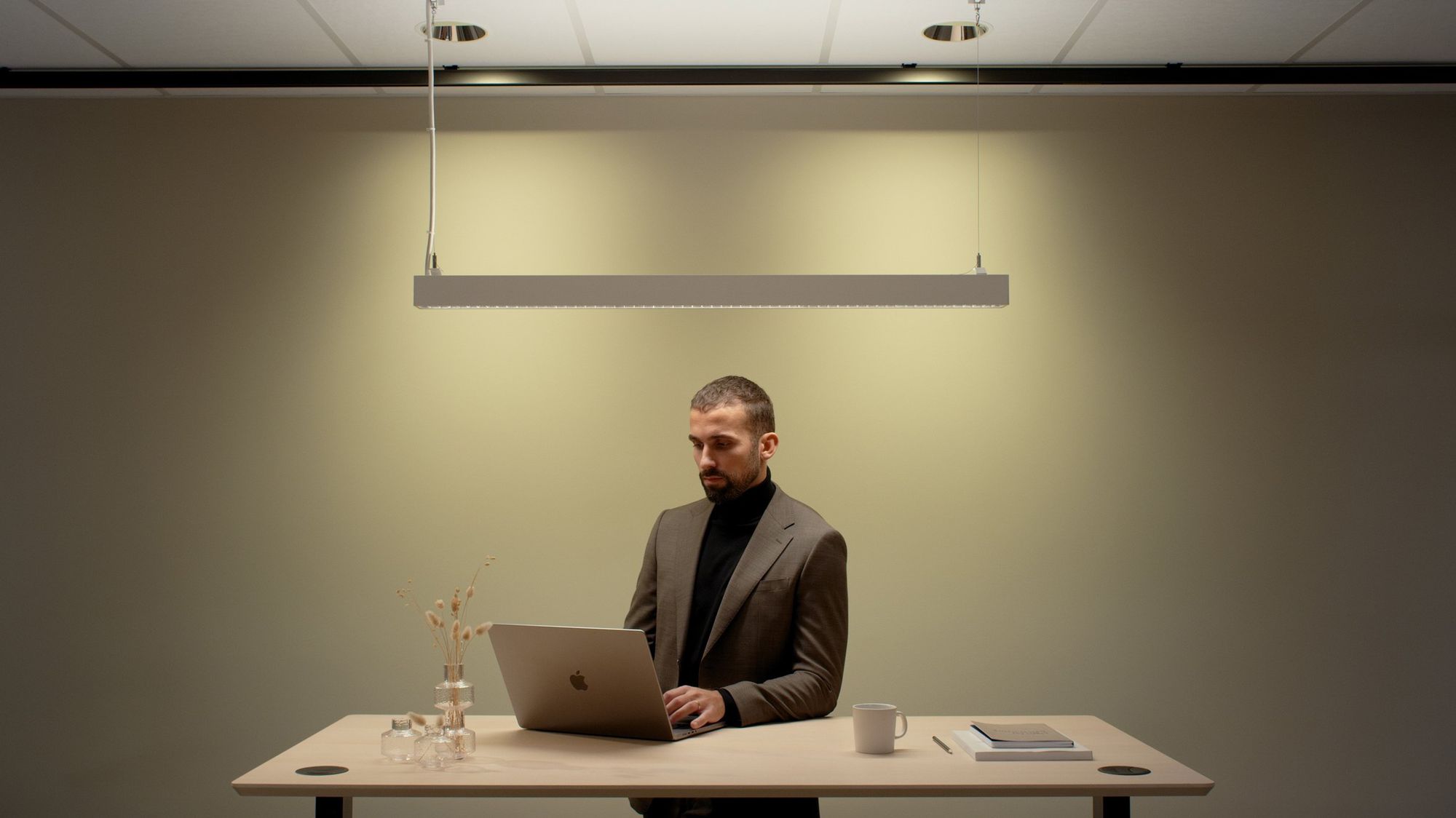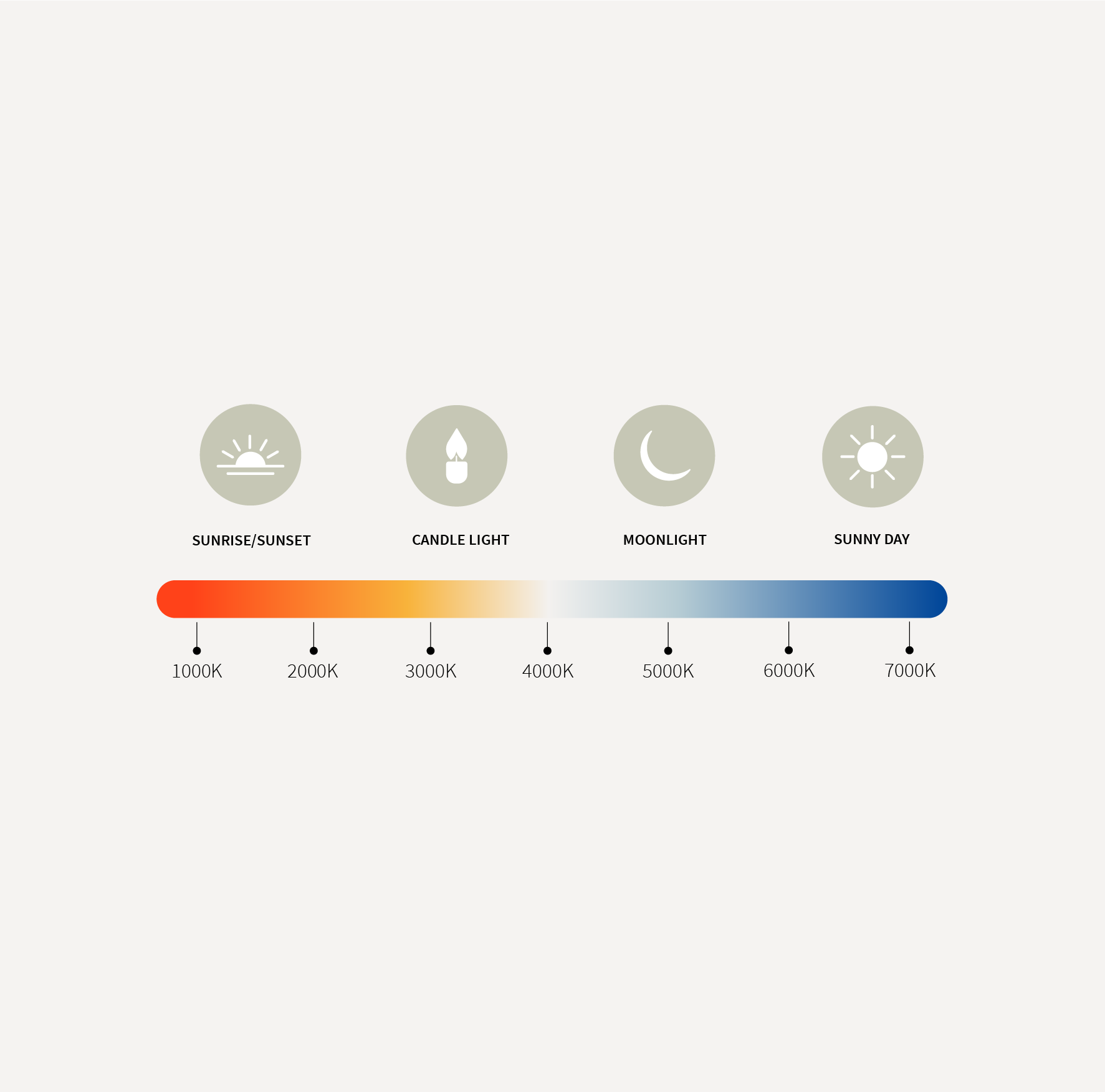How electric light affects us
Working on the basis of research, we are able to create electric lighting that resembles daylight. This results in healthy indoor environments that utilise the visual, biological and emotional effects of light.

Light controls your circadian rhythm
We now know that light, both daylight and electric lighting, affects us in three different ways: visually, biologically and emotionally. The visual impact is directly related to the way the light affects our visual apparatus: how the amount of light and its direction facilitate or impede our vision. The biological aspect relates to the connection between light and our circadian rhythm: how the intensity and colour composition of the light, in combination with time, affects our sleep and wakefulness – and consequently our well-being. Taken together, the biological and visual aspects of light also have the ability to influence our emotions. These visual and space-creating effects are now clearly regulated through the lighting standard and legal requirements.
We love variety
Why is the sky so beautiful? The answer is variety. The sky and the horizon are constantly changing. The strength and colour of the light change depending on the weather and the time of the day. From a biological perspective, it is the actual light intensity that affects us, whereas the colour temperature is related more to emotional and personal preferences. It is now possible to recreate a little piece of the sky through electric lighting, which varies the intensity and colour temperature by means of control.
Mimicking daylight
Daylight is white, as it contains all wavelengths. If we want to create electric lighting that has the same effects on human hormone production as daylight, the electric lighting needs to have a similar spectral composition and a relatively high intensity level. This then enables us to recreate natural light that gives the same feeling as the sky on a moderately sunny day. LED light sources have a “base spectrum” with a strong blue top. The LEDs therefore have to be coated with light powder to create white light. The quality of the LED light sources is therefore of fundamental importance for us achieving a good result. In order for our biological system to perceive and register the electric lighting as daylight, higher outputs are generally also required: the body simply wants more light than the eyes do.
The colour of the light affects the experience
Using a feature known as Tunable White, it is also possible to regulate the spectral distribution of the electrical, white “daylight”. By increasing the intensity and the proportion of blue (morning light), the light acquires a cooler colour, which helps to increase our level of alertness. If we instead dim the light and steer it towards the red part of the spectrum (evening light), we achieve a warmer light that soothes us and helps us to unwind.
For anyone who wants to use this knowledge to create inspirational and attractive lighting environments, it is possible to work with Human Centric Lighting.
